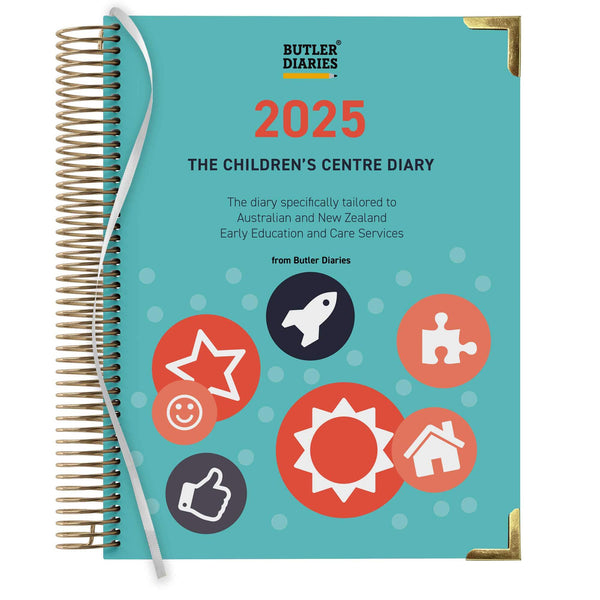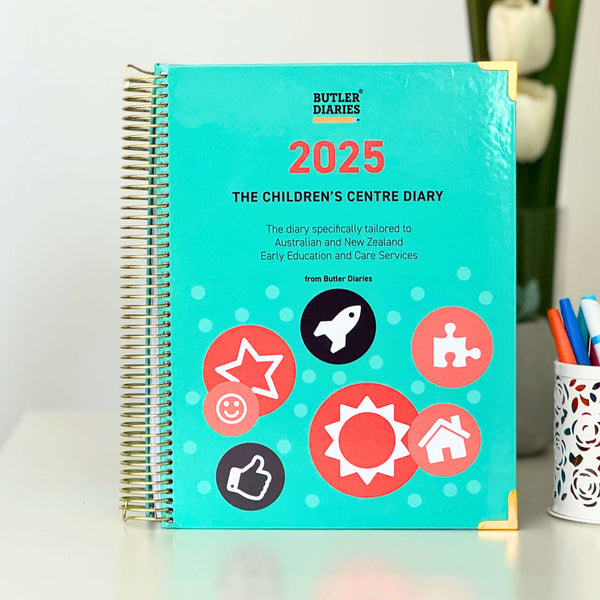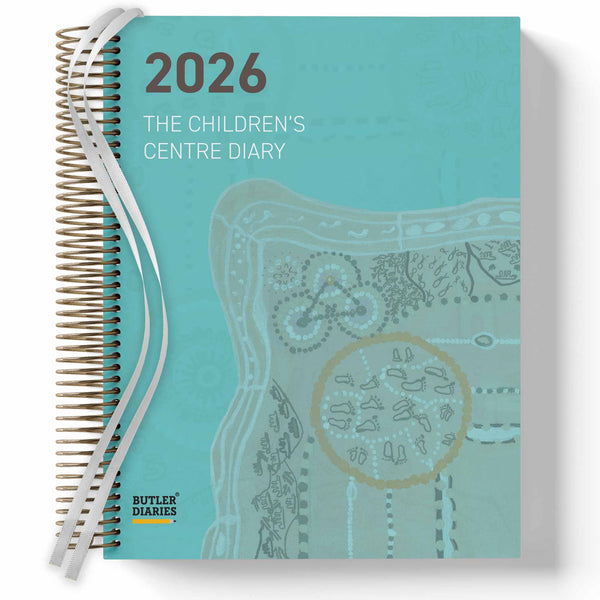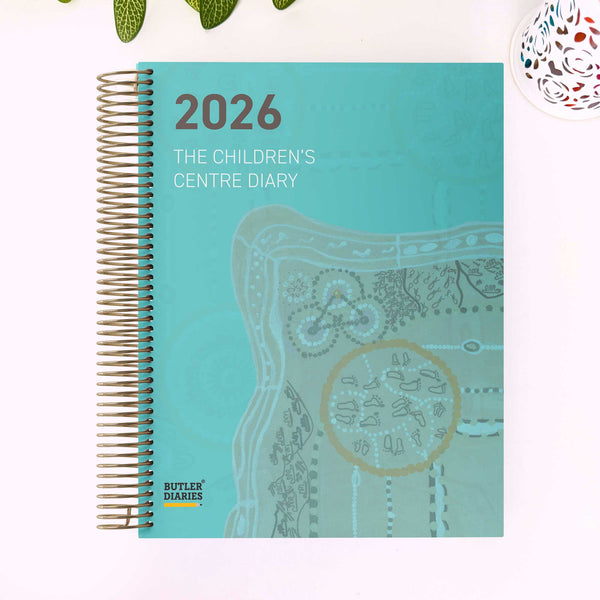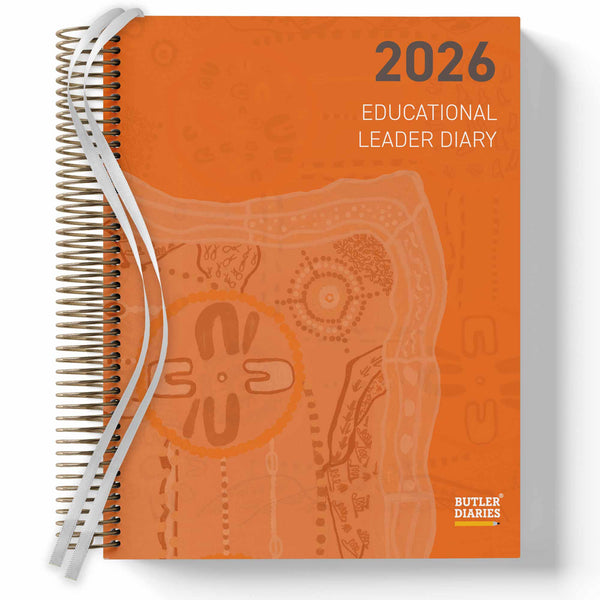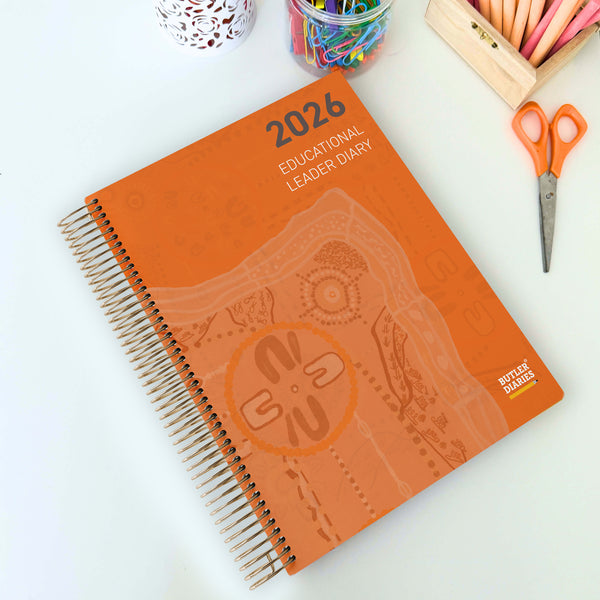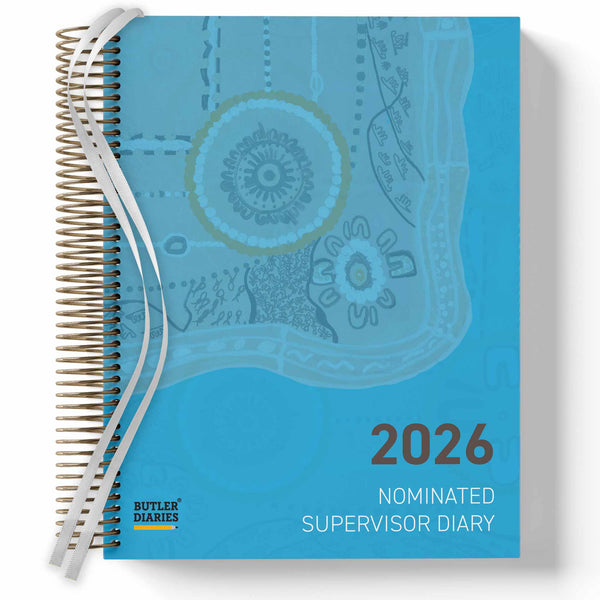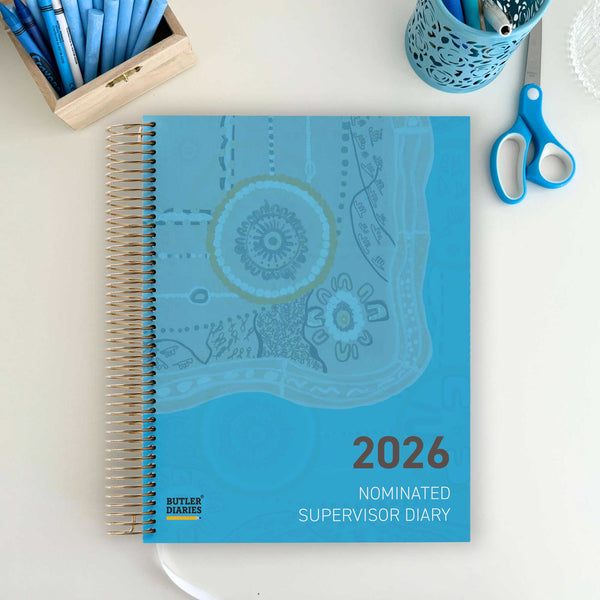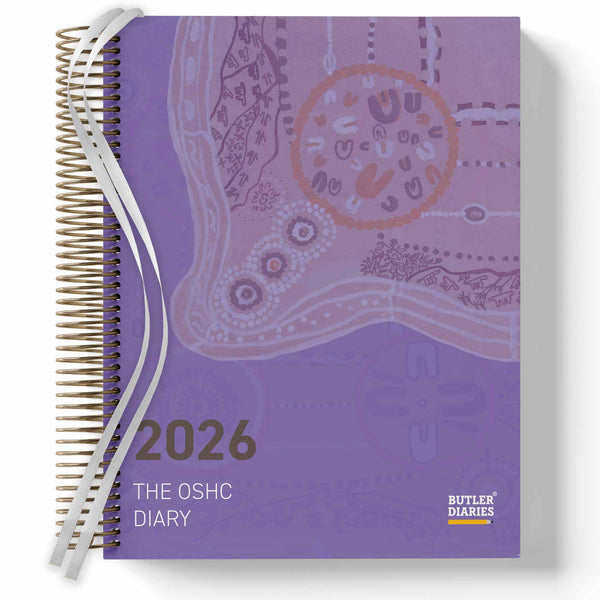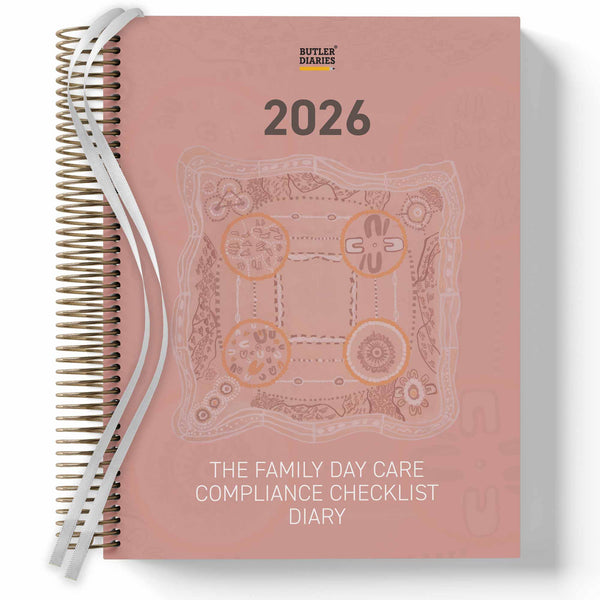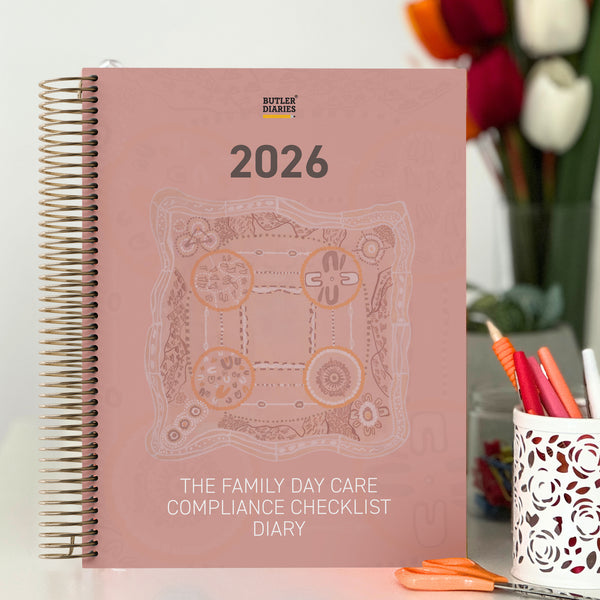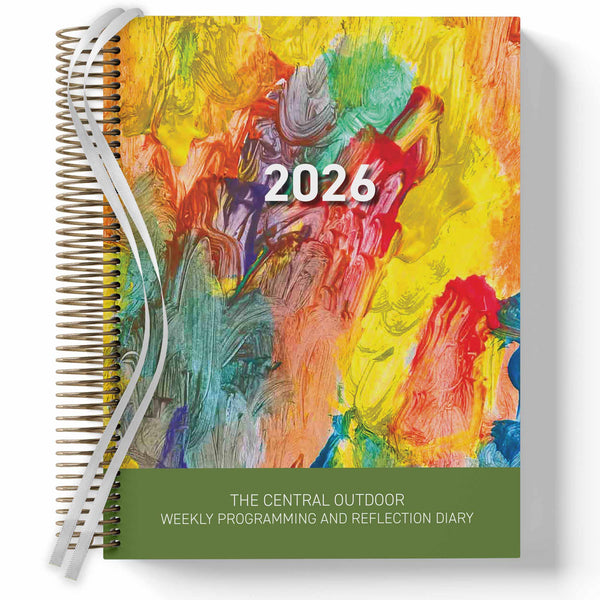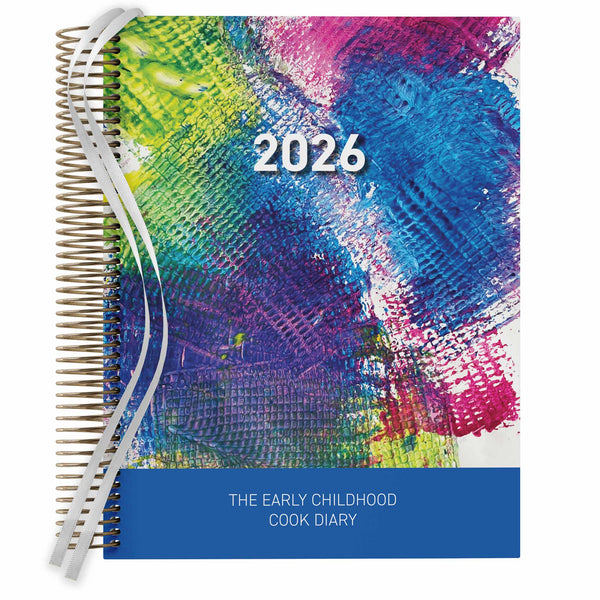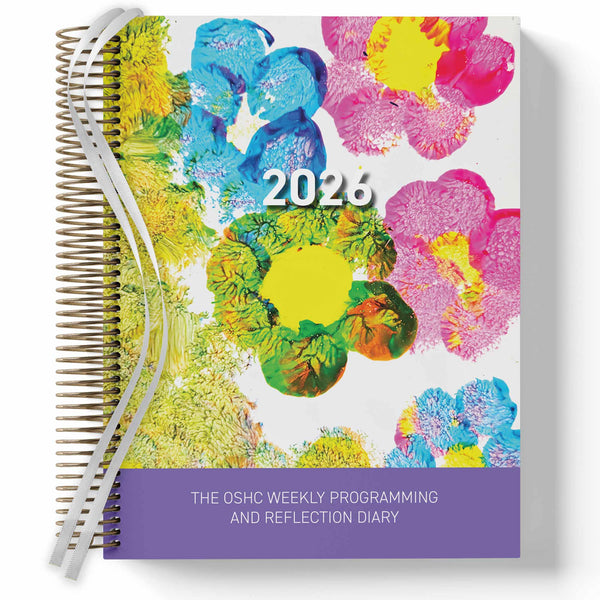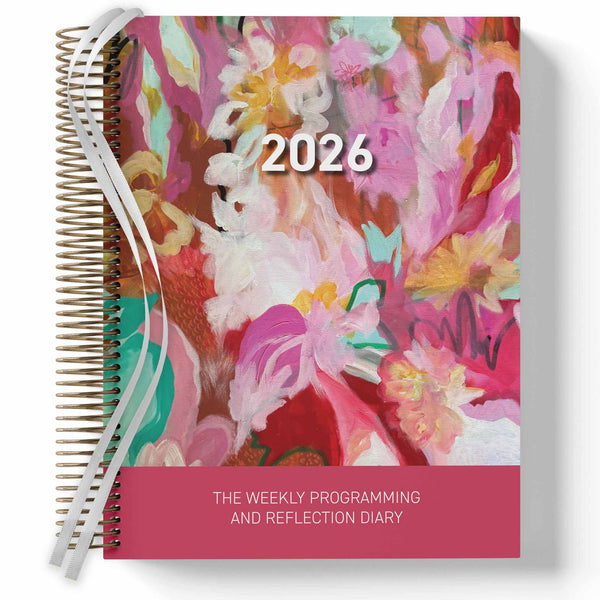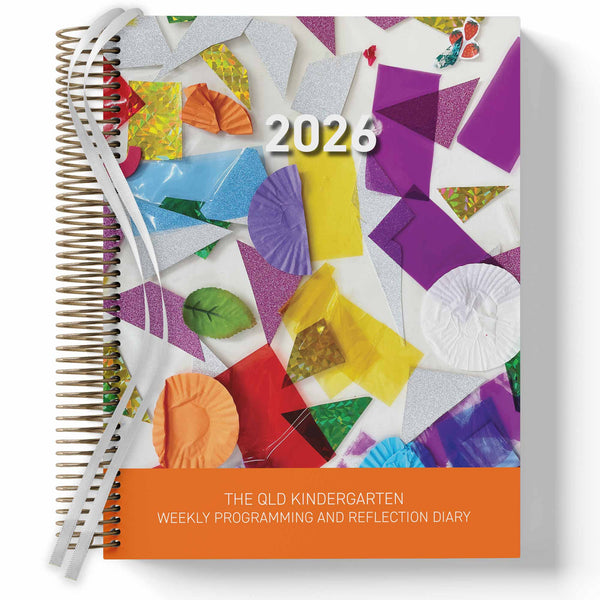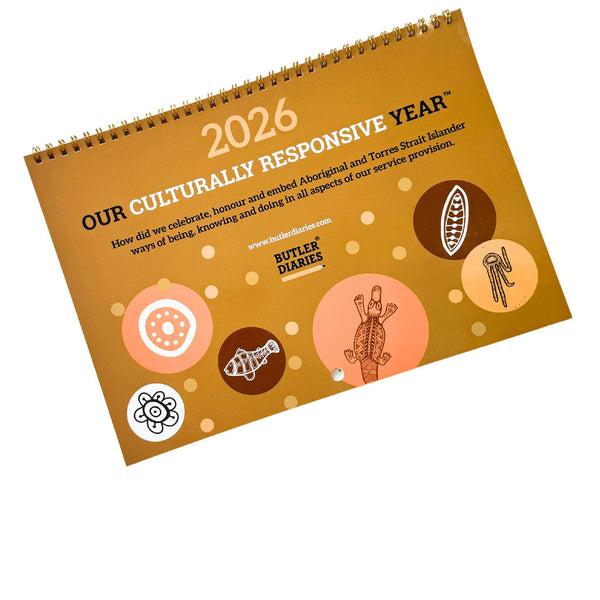Running an early childhood education (ECE) service in Australia is tough. Leaders face daily operational challenges, strict regulations, workforce shortages, and high staff turnover. Key problems include:
- Lack of leadership training: 85% of leaders feel unprepared, and 88% have no formal training.
- Low staff morale: Over 70% of educators consider leaving within three years due to poor recognition, excessive admin work, and low pay.
- Communication issues: Language barriers and unclear messaging impact trust and engagement with families and staff.
- Difficult decisions: Balancing tight budgets, staff needs, and regulations often feels overwhelming.
Solutions include:
- Investing in professional development programs can support Educators in key areas of practice.
- Using tools like customised reflection diaries ($69.99) and compliance planners to stay organised and meet standards.
- Improving communication with translation tools, inclusive practices, and personalised engagement.
- Adopting collaborative leadership to involve staff in decision-making and build trust.
Leaders who address these challenges can create better outcomes for children, staff, and families.
Problem 1: Not Enough Leadership Training
Did you know that 85% of ECE leaders feel unprepared for their leadership role? Even more concerning, 88% of these leaders have never taken part in leadership or management training programmes. Many educators find themselves promoted into leadership positions without the essential managerial skills that can’t be gained through experience alone.
The Impact of Poor Training on Leadership
When leaders lack proper training, it affects every aspect of an early childhood education (ECE) service. Sophie, an ECE leader, shared her experience:
"The hardest thing for me [were] the staff, funny enough the children and the families and everything else you dealt with was fine".
This highlights a common struggle. Without adequate preparation, leaders often rely on trial and error to manage team conflicts, address performance issues, and handle difficult conversations. Unfortunately, this approach can make problems worse rather than solving them.
The consequences of poor leadership extend beyond team dynamics. The National Association for the Education of Young Children explains that:
"The everyday leadership and management practices directly affect the culture and climate of the centre, the teaching practices, and the level and quality of family engagement. These elements, in turn, impact children's development and learning".
Many leaders receive training on operational tasks but miss out on critical skills like conflict resolution or how to support professional growth within their teams. This gap can lead to high staff turnover, as new leaders often replicate ineffective practices they’ve observed. Clearly, addressing these training deficiencies is crucial for building strong, effective leadership.
Strengthening Leadership Skills
Developing leadership skills isn’t something that happens overnight - it requires time, effort, and the right resources. Julie, a CEO in the ECE sector, puts it succinctly: "Leadership skills are built". If you’re looking to grow as a leader, here are some actionable steps:
- Professional Development Programmes: Structured learning opportunities can help build skills across key areas and support leaders in different aspects of their role.
- Mentorship and Coaching: One-on-one support through mentoring or coaching can make a huge difference. Networking with other leaders can help share new ideas and inspire change.
- Focus on Key Skills: Strengthening areas like active listening, clear communication, conflict resolution, and team motivation is essential. Regular practice, combined with feedback and reflection, can help leaders improve faster.
- Organisational Tools: Tools like customised Nominated Supervisor Diaries, Children’s Centre Diaries, and Educational Leader Diaries, such as those from Butler Diaries, are tailored for early childhood educators in Australia and New Zealand. These resources help leaders track goals, reflect on challenges, and stay organised.
- Prioritising Wellbeing: Leadership can be demanding, so self-care is critical. Maintaining a healthy work-life balance and incorporating mindfulness into daily routines can help leaders stay grounded and make better decisions under pressure.
Sam, another leader in the field, emphasised the importance of "a focus on teaching leadership", signalling a growing recognition of the need to close the training gap. By investing in these areas, ECE leaders can build the skills they need to support their teams and create positive outcomes for children and families alike.
 Problem 2: Low Staff Morale and Poor Recognition
Problem 2: Low Staff Morale and Poor Recognition
Staff morale is at the heart of effective early childhood education (ECE) services, and the current situation is concerning. Over a quarter of the Australian ECEC workforce plans to leave their roles within the next 12 months. Even more troubling, 73% of early childhood educators in Australia are considering leaving the sector within the next three years. This isn't just a workforce issue - it’s a challenge that ripples through entire communities.
What’s Behind Low Morale in ECE?
To tackle low morale, it’s important to understand its root causes. Educators often face excessive documentation, micromanagement, challenging working conditions, and inadequate pay, all of which contribute to frustration and burnout. On top of this, the profession itself is frequently undervalued, leaving many feeling unappreciated and emotionally drained.
One major issue is the overwhelming amount of administrative work, which takes educators away from what matters most - engaging with children and fostering meaningful relationships. The problem becomes even more severe during high-stress periods like accreditation processes. In these times, 66% of staff report a drop in morale, with nearly half describing a significant decline.
Low morale doesn’t just affect individual educators; it impacts team performance and the overall quality of care. Without addressing these challenges, the sector risks losing more skilled professionals.
Steps to Boost Morale and Recognition
Improving morale isn’t just about making staff feel good - it also leads to better outcomes. Research shows that organisations focusing on employee engagement see an 18% increase in productivity and a 23% rise in profitability.
One effective approach is creating meaningful recognition systems. For example, Wesley, a non-profit organisation, introduced "Inspire", a social recognition platform. This initiative allows staff to recognise each other in real time, nominate peers for awards, and earn points for personalised rewards. The result? An 18-point improvement in Employee Net Promoter Score (eNPS) and a 19-point boost in overall engagement.
Other strategies include establishing regular feedback systems and involving staff in decision-making processes. When educators have a voice in policies, curriculum, and daily operations, they gain a sense of autonomy and job satisfaction, countering the negative effects of micromanagement.
Professional development opportunities - like attending conferences, earning qualifications, or participating in mentoring programmes - help clarify career paths and encourage long-term retention. Equally important is addressing work-life balance by offering flexible schedules and reducing administrative burdens. Tools like customised planning and reflection diaries from Butler Diaries can streamline tasks, allowing educators to focus on quality interactions with children. As a Butler Diaries customer puts it:
"These diaries make the process of programming uncomplicated and I will even go as far to say even fun".
Publicly celebrating achievements through awards and incentives fosters a sense of pride and accomplishment. Wellness initiatives, such as mental health support, stress management workshops, or even simple measures like providing healthy snacks and quiet break spaces, can further enhance overall wellbeing.
The benefits of these changes extend far beyond staff happiness. As Nicol Russell, Ed.D., puts it:
"Ultimately, teacher retention is not just about staffing - it's about ensuring young children have the stable, nurturing environment they need to thrive. When teachers stay, children grow academically, socially, and emotionally in ways that prepare them for long-term success".
Problem 3: Communication Problems with Families and Staff
In early childhood education (ECE), communication isn't just about exchanging information - it's about building trust, fostering engagement, and creating a sense of partnership. But when communication breaks down, the ripple effects can be significant. Misunderstandings, missed messages, or a lack of clarity can erode trust, reduce participation, and create unnecessary challenges.
This issue is particularly pressing in Australia's ECE sector, where linguistic diversity is a defining feature. With over 25% of children speaking more than 300 languages other than English at home, the richness of cultural backgrounds also brings unique communication hurdles. These challenges aren't limited to language alone - they extend to differing communication styles, values, and expectations.
Common Communication Problems
Several factors contribute to communication challenges in ECE settings. Language barriers and cultural differences often top the list. When families and staff come from varied linguistic and cultural backgrounds, even straightforward interactions can become complex. It's not just about translating words; it's about navigating differing non-verbal cues, decision-making norms, and professional expectations.
Low parental engagement can also be a byproduct of these communication gaps. Families may struggle to understand the importance of home learning, or they may carry negative experiences from past interactions. For multicultural families, mental health challenges such as cultural identity conflicts, discrimination, or the stress of adjusting to a new culture can further complicate matters.
The statistics underscore the urgency. For example, culturally and linguistically diverse (CALD) families experience higher non-attendance rates in ECE - 13% compared to 7% for non-CALD children. Without effective communication, families may feel sidelined, and staff may feel unsupported, leading to a breakdown in trust and collaboration.
Better Communication Methods
Addressing these challenges starts with intentional and thoughtful strategies. Effective communication in ECE means recognising and respecting the diverse languages and cultural contexts of families. A "one-size-fits-all" approach simply doesn't work.
Translation and Interpretation Tools
Providing translation and interpretation services is a practical first step. Successful initiatives often include translating written materials into families' home languages and offering interpreters for in-person or phone conversations. Some centres also use real-time translation apps and SMS tools to bridge language gaps. Pairing these tools with platforms like Google Classroom enables families to access photos and updates about activities, creating stronger connections between home and school.
Respectful and Inclusive Communication
Leaders can adopt respectful communication practices by being mindful of tone, word choice, and non-verbal cues. Simple steps, like using visual aids or learning a few key words in a family's native language, can make a big difference. Encouraging two-way communication is equally important. When families are invited to share their perspectives and feel heard, they shift from passive observers to active participants in their children's education. For instance, Southern Heights Elementary School in Seattle has a practice where teachers write personalised postcards with positive messages about students' progress. This small but meaningful gesture helps build stronger relationships.
Organisational Tools
Structured planning tools can help leaders stay on top of communication efforts. Customised calendars and diaries, like those offered by Butler Diaries for Australian ECE settings, allow educators to track family communications, cultural events, and individual preferences. This kind of planning ensures consistent and respectful communication while accommodating diverse needs.
 Cultural Competence and Engagement
Cultural Competence and Engagement
Finally, fostering cultural competence is an ongoing process. Regular training on cultural humility, inviting families to share their traditions, and partnering with local cultural organisations can enrich the learning environment. Experiences like sharing food, music, or displays from various cultures not only celebrate diversity but also help children see their own identities reflected in the room.
sbb-itb-706bda8
Problem 4: Hard Decisions and Workplace Dilemmas
Leading early childhood education (ECE) centres comes with some of the toughest challenges in the education sector. ECE leaders often juggle competing priorities - managing tight budgets, addressing diverse staff needs, and meeting strict regulatory requirements. Each decision carries weight, potentially influencing children’s learning experiences, staff morale, and the financial health of their centres.
In Australia, ECE leaders face heightened pressures. Research highlights that 42% of leaders work in centres catering to children from birth to 5 years, with 80.5% of these centres operating as nonprofits. This means leaders are frequently navigating complex decisions with limited resources and increased scrutiny.
Problems with Top-Down Decision-Making
Traditional, top-down leadership approaches can create more problems than solutions. These methods often leave staff feeling disengaged and unclear about their roles, which can hinder overall efficiency. As Furedi noted, “Citizens cannot exercise independent judgement so governments and private institutions are entitled to manage and influence the behaviours of individuals in order to ensure that they make the ‘right’ choices”. Adding to the complexity, around 65% of ECE leaders have prior experience in other sectors, which can influence their leadership style and decision-making dynamics.
Sharing Leadership Responsibilities
A more inclusive leadership model can help address these challenges. Collaborative leadership involves engaging the entire team in the decision-making process, allowing staff to contribute their insights and expertise. This approach not only leads to better solutions but also empowers staff, fostering a sense of ownership and accountability.
Building Collaborative Teams
Creating a collaborative work culture begins with encouraging open communication. Regular team meetings and discussions provide opportunities for educators to share their challenges and propose practical solutions. Importantly, this doesn’t mean every decision requires lengthy deliberation. Instead, the goal is to create an environment where staff feel heard and valued.
The Australian Children’s Education and Care Quality Authority (ACECQA) supports this approach, stating:
"Collaborative leadership and teamwork are built on a sense of shared responsibility and professional accountability for children's learning, development, and wellbeing. It is a view of leadership that empowers all members of the team to use their professional knowledge and skills in ways that assist everyone to do the best they can for children, families and colleagues in their setting."
Leaders can further strengthen this culture by using tools like staff surveys, feedback sessions, and working groups. Investing in professional development also equips staff with the confidence and skills to make informed decisions.
Organisational Support
To ensure transparency and streamline operations, leaders can adopt compliance planners and other organisational tools. These resources help track decisions, document processes, and meet regulatory requirements, all while keeping staff involved without overwhelming them.
Handling Workplace Dilemmas
Even with collaborative leadership in place, day-to-day dilemmas require strategic decision-making. Leaders often face tough choices where financial limitations, staffing challenges, and compliance demands intersect with educational goals.
Budget and Staffing Challenges
Budget management is a constant balancing act. Leaders must assess needs, review available funds, and set clear priorities. Transparent communication about these decisions helps build trust with both staff and families.
The staffing shortage in Australia’s ECE sector adds another layer of complexity. With an estimated 24,000 additional educators needed by 2025, leaders face dilemmas around workload, staff retention, and offering competitive salaries. Exploring flexible staffing models and prioritising retention initiatives can help address these challenges.
Regulatory Compliance
Meeting regulatory standards is non-negotiable, but it doesn’t have to overwhelm staff. Clear workplace guidelines and efficient compliance systems can simplify the process. Structured planning tools allow leaders to track obligations and document decisions, ensuring standards are upheld without adding unnecessary administrative burdens.
Strategic Planning
Long-term success requires thoughtful financial planning. Leaders should develop detailed plans that account for both immediate expenses and future contingencies, such as reserve funds. Regularly reviewing and adapting these strategies ensures that resources align with changing circumstances. Open communication and collaborative problem-solving further strengthen organisations, helping them remain focused on delivering quality outcomes for children and families.
How Planning Tools Help ECE Leaders
In the world of early childhood education (ECE), leadership goes beyond passion and experience. It demands a level of organisation and clarity that ensures both educational success and compliance with regulations. Planning tools tailored for ECE settings can bridge the gap between daily challenges and long-term goals. These tools offer practical solutions that streamline operations and empower leaders to focus on what truly matters - creating enriching environments for children and supporting their teams.
Benefits of Custom Tools for Leaders
Customised planning tools are designed with the unique needs of ECE leaders in mind. Unlike generic planners, these tools address the specific demands of the sector, such as regulatory compliance, educational frameworks, and operational intricacies.
Improved Accountability and Documentation
One of the standout advantages of planning tools is their ability to enhance accountability. They help leaders maintain thorough records of decisions, staff development activities, and compliance efforts. This documentation proves invaluable during inspections and when tracking progress over time. Structured planning not only supports children’s development but also strengthens leadership by fostering clear communication and shared accountability among staff. Take the Children’s Centre Diary for example, designed as a communication hub between staff it increases accountability while enhancing communication and quality practice.
By using these tools, leaders can manage their time effectively, promote teamwork, and ensure everyone is on the same page.
 Supporting Professional Growth
Supporting Professional Growth
Customised planning tools also play a key role in professional development. They provide frameworks that encourage reflection and continuous improvement, allowing leaders to identify areas where additional support is needed. This proactive approach prevents small issues from escalating into larger problems, while also fostering staff development and organisational growth. The Educational Leader Diary captures reflective conversations and helps turn notes into actions and professional development opportunities.
Planning and observation are central to supporting children's well-being and growth, and these tools enable leaders to align their efforts with these priorities.
Examples of Helpful Planning Tools
ECE leaders can benefit greatly from tools specifically designed to meet their sector's requirements. Below are examples of resources that align with Australian educational frameworks and compliance standards while remaining practical for everyday use.
Programming and Reflection Diaries
Programming and reflection diaries offer structured spaces for documenting decisions, evaluating outcomes, and planning improvements. Many of these diaries include sections tailored to align with the Early Years Learning Framework (EYLF) and My Time, Our Place (MTOP), making it easier to demonstrate compliance.
For instance, Butler Diaries provides these tools for $69.99. Their diaries feature durable hard covers, spiral binding, and support Educators in their role. Leaders that provide Educators with the tools they need to work critically, will better support best practice and their staff.
Leadership Diaries
Also from Butler Diaries are Leadership Diaries designed to support the multifaceted role of leaders. Educational Leaders can capture their reflective conversations and turn them into actions for their team with the Educational Leader Diary. The Nominated Supervisor Diary supports leaders with their family communication, staff management, and to-do lists. While the Children’s Centre Diary works as a central communication hub for staff and ensures everyone remains on the same page and working towards the same goals.
Role-specific sections support leaders in maintaining consistent documentation and guiding their teams' professional growth.
 Compliance Planning Resources
Compliance Planning Resources
Regulatory requirements can be overwhelming, but compliance planners simplify the process. These tools often include checklists, critical reflections, and spaces to record evidence of compliance activities, ensuring leaders are always prepared for inspections.
Digital Learning Resources
Leadership development doesn’t end with taking on a role. Digital courses and guides help leaders maximise the potential of their planning tools while staying updated on best practices. For example, Butler Diaries offers digital courses from $9.99, providing step-by-step guidance and compliance tips.
Beth Rayl, Chief Academic Officer of Plymouth-Canton, emphasised the importance of practical learning:
"Our belief is that learning opportunity is as valuable for a teacher as them sitting in some workshop that is disconnected to what they're doing".
This sentiment applies equally to ECE leaders, where hands-on, relevant learning resources make all the difference.
Framework Alignment Tools
Tools that align with EYLF and MTOP requirements simplify the process of meeting educational standards. These resources often include templates, checklists, and guides that make implementing frameworks more manageable.
The best tools integrate seamlessly into existing workflows, reducing administrative burdens rather than adding to them. The goal is to make planning easier, not more complicated, so leaders can focus their energy on creating positive outcomes for children and staff alike.
Conclusion: Solving Leadership Problems in ECE
Leadership in early childhood education (ECE) comes with its fair share of challenges, but these hurdles are far from insurmountable. Issues like insufficient training, low morale, communication gaps, and tough decision-making can be tackled with the right strategies. Success lies in recognising that strong leadership demands continuous learning, structured support systems, and effective tools to balance daily operations with long-term goals. Here’s a recap of the key strategies that can drive meaningful change.
Key Focus Areas for ECE Leaders
Addressing the leadership challenges highlighted earlier requires prioritising a few foundational elements. For starters, continuous professional development is crucial. Alarmingly, nearly 25% of ECE centres currently lack plans for professional training. This represents a missed opportunity to elevate outcomes. Leaders can address this by investing in tailored initiatives like workshops, online courses, and literacy programs to meet their centre’s specific needs.
Building stronger, more cohesive teams starts with fostering trust. Transparent communication, regular team meetings, peer learning opportunities, and celebrating shared achievements go a long way. Providing access to professional development and mentorship programs shows a commitment to your team’s growth and success.
Improving communication is another cornerstone. Practices like active listening, sharing information openly, and encouraging honest feedback create an environment where ideas flow freely. This not only boosts program quality but also enhances the centre’s reputation among families.
When it comes to decision-making, adopting shared leadership approaches can be transformative. By empowering team members to play to their strengths, leaders can foster a culture of inclusion, trust, and respect while increasing overall engagement.
Finally, customised planning tools are invaluable. They provide structure and accountability, helping leaders stay on top of daily tasks without losing sight of long-term objectives. These tools ensure that compliance requirements don’t overshadow the core educational mission.
Practical Steps for ECE Leaders
Turning these principles into action requires dedication and a strategic approach. Begin by setting clear professional development goals and exploring training opportunities that align with your centre’s unique needs. Establish schedules that support ongoing growth in a sustainable way. Sharing insights gained from external training and setting personal growth milestones with defined timelines can foster a culture of learning and improvement.
Investing in the professional growth of ECE staff doesn’t just benefit educators - it directly impacts children by improving school readiness, social skills, and long-term academic success.
For practical resources, Butler Diaries offers tools specifically designed for ECE leaders. Their programming and reflection diaries, priced at $69.99, include sections tailored to the EYLF and MTOP frameworks. Additionally, their digital courses, available for $9.99, provide step-by-step guidance on compliance and planning, making them a valuable asset for leaders aiming to streamline their efforts.
Effective professional development is about addressing the real needs of educators, ensuring solutions are relevant and applicable to the day-to-day realities of ECE. While the challenges are undeniable, the tools and strategies to overcome them are well within reach. By committing to thoughtful action and leveraging available resources, leaders can create environments where children thrive, and educators feel supported and valued in their essential roles.
FAQs
What key skills should leaders in early childhood education develop to enhance their effectiveness?
To thrive as leaders in early childhood education (ECE), it's crucial to cultivate a diverse set of skills that directly impact the quality of their leadership. Among the most important is emotional intelligence - the ability to understand and connect with others on a deeper level, which helps in supporting teams more effectively. Equally, clear communication plays a key role, ensuring that expectations and goals are not just set but also understood by everyone involved.
Another cornerstone of effective leadership is collaboration, which helps create a workplace where everyone feels valued and included. Leaders also benefit from being flexible and open to change, as adaptability allows them to manage challenges with ease. Strong problem-solving skills enable proactive responses to issues, while relationship building fosters trust and meaningful connections with staff, children, and families.
By sharpening these skills, leaders can create a more supportive and efficient environment in ECE settings, positively influencing everyone they work with.
What are effective ways to reduce staff turnover and boost morale in early childhood education (ECE) services?
Reducing staff turnover and boosting morale in early childhood education (ECE) services calls for a mix of thoughtful approaches. Start by investing in professional development opportunities - workshops, training sessions, or courses tailored to educators' needs can help them grow their skills while showing that their contributions are valued.
Building a positive and supportive workplace culture is equally important. When staff feel appreciated, listened to, and part of a collaborative team, they’re more likely to stay engaged and motivated. On top of that, consider offering financial incentives like bonuses or extra leave to reward their hard work.
Don’t overlook the importance of a warm and thorough onboarding process. Welcoming new team members with clear guidance and support sets the tone for a positive experience from day one. Tools like those from Butler Diaries can also make a difference, helping to streamline daily operations and create a more efficient, engaging environment for educators across Australia.
How can ECE leaders improve communication with families from diverse cultural and linguistic backgrounds?
Improving communication with families from diverse cultural and linguistic backgrounds calls for careful planning and genuine effort. One effective approach is to use multilingual signage and offer translated materials, ensuring essential information is easy to understand. Taking the time to learn about the cultural backgrounds and traditions of the families you work with shows respect and builds stronger connections.
Trust is the foundation of any relationship. Keep lines of communication open and consistent, while actively listening to their concerns and perspectives. Inviting families to participate in decision-making processes fosters a sense of collaboration and inclusion. These actions create a welcoming atmosphere where every family feels appreciated and heard.








